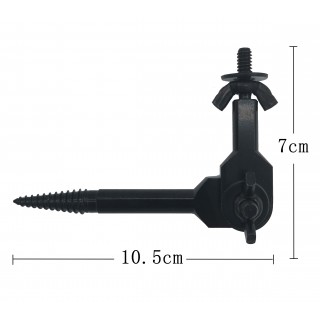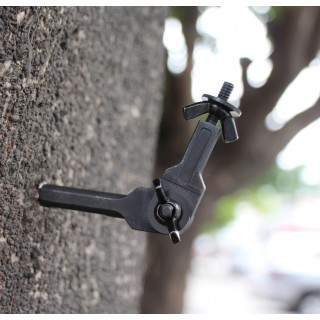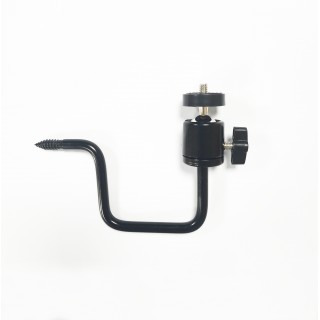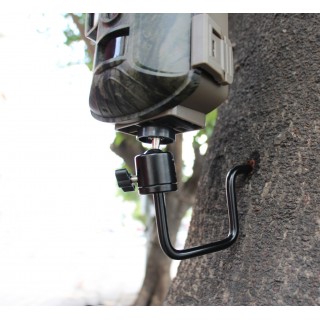- Home
- Video surveillance
- Trail, wildlife cameras
Trail, wildlife cameras
Trail,Forest, Hunting or Wildlife photo and video cameras is unique in that it can work completely autonomously, as the power source is located in the camera body or can be connected to an external battery. Thus, there is no need for a traditional connection to electricity, and the forest camera can be placed in the most remote places - in the forest, by the lake, in the countryside or in a new building. The Forest Hunting photo and video trap was used to observe and observe animals in feeding troughs and forest paths, therefore in English this camera is called TRAIL or WILDLIFE CAMERA.
With the advent of cameras with remote communication capabilities that use mobile telephone networks, they began to be used as security CCTV cameras, because information about what is happening at the facility comes quickly, so measures can be taken to protect property immediately.
In hunting cameras, Electro Base for night vision uses special infrared LEDs (with a wavelength of 940 nm), which are called "black" or "invisible". Unlike the old models of hunting cameras, infrared LEDs of the new generation glow at night and are not visible to people or animals.
An interesting mode of the Electro Base forest camera is TIME-LAPSE, where you can take pictures automatically every 5, 30 or 60 minutes. This is a useful feature, for example in construction, where you can see, for example, two months of the construction process in minutes.
Forest cameras are protected against dust and water in accordance with protection class IP65. For cameras with mobile network support, you can also use professional external GSM antennas if the network signal is weak.
Forest cameras can be divided into the following groups:
without the possibility of remote communication - photos, video and audio are recorded on an SD memory card inserted in the camera.
With Wi-Fi connectivity, the camera can transfer photos and videos recorded over the Wi-Fi network without having to remove the SD card from the camera to receive them.
Thanks to its 2G mobile capabilities, the camera sends pictures in MMS text messages and emails.
Thanks to the capabilities of the 3G mobile network, the camera notifies your smart device of movement near the camera and instantly rejects photos in the application for the smart device.
Pages
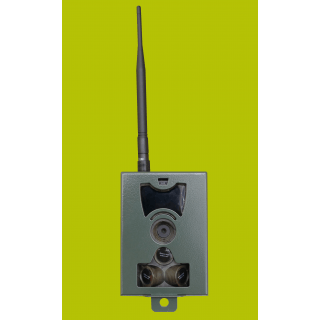
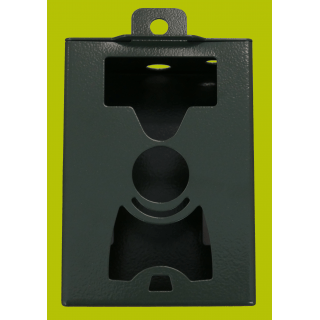
Metal protection case for NHC-5000 series
In stock ElectroBase

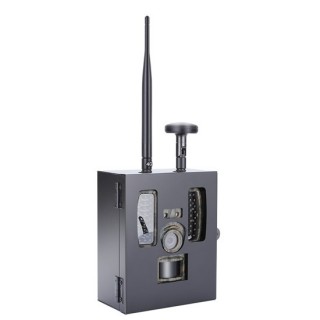
Metal protection case for NHC-7000 series
In stock ElectroBase
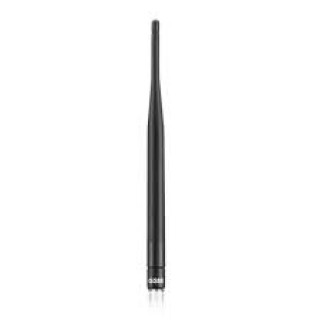
NHC Antenna 4G
In stock ElectroBase

2G Wildlife Camera
In stock ElectroBase

NHC Antenna 2G
In stock ElectroBase
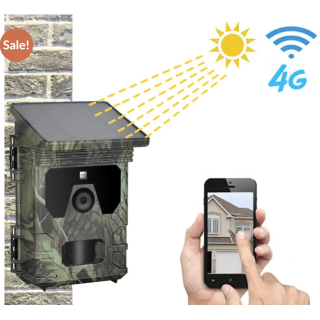
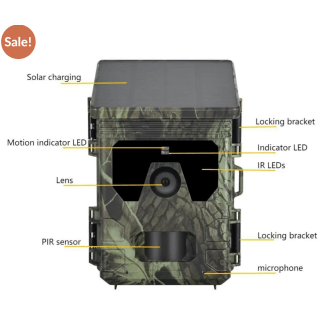
4G LTE Hunting Camera | APP | 4K | Life Video | Solar
In stock ElectroBase

NHC GSM Antenna 3G
In stock ElectroBase
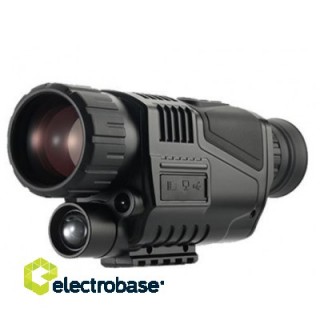

Digital night vision mononuclar with video recorder/photo function zoom 5x
In stock ElectroBase

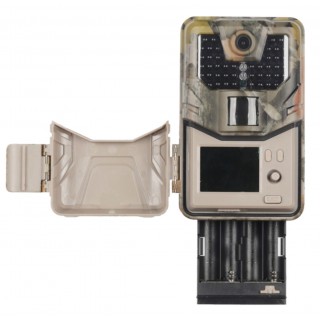
2G Wildlife Camera
In stock ElectroBase

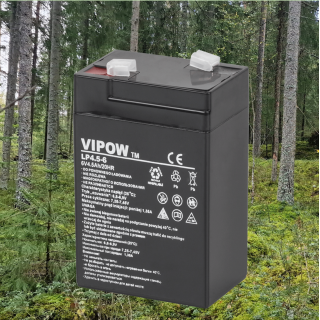
6V 4.5Ah Battery :: Lead-Acid :: AGM :: Terminal type T1 (4.75mm)
In stock ElectroBase
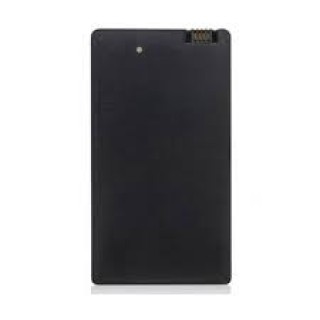
Hunting Camera 10000mAh Lithium Battery
In stock ElectroBase


2G Wildlife Camera
In stock ElectroBase

Hunting Camera 5000mAh Lithium Battery
In stock ElectroBase
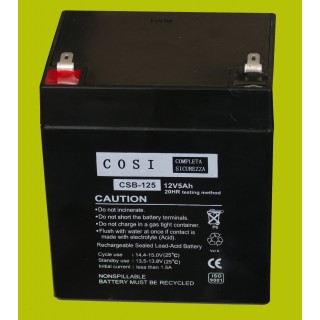
12V 5Ah Battery :: Lead-Acid :: AGM :: Terminal type T1 (4.75mm)
In stock ElectroBase
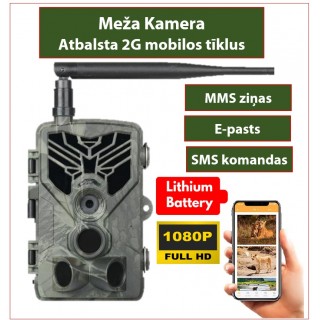
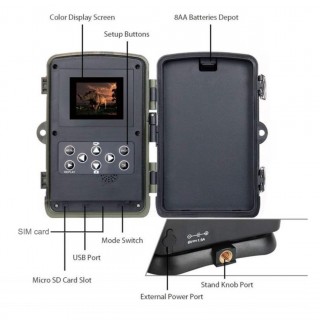
2G Wildlife Camera , Li-Ion battery 5000mAh
In stock ElectroBase
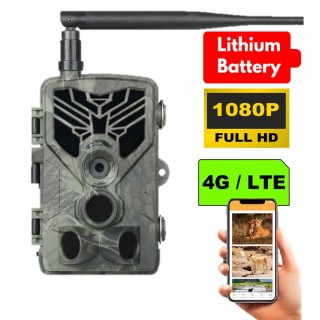

4G LTE Forest / Hunting Camera with 5000 mAh lithium battery and APP, Photos 20MP, Video 1080P
In stock ElectroBase
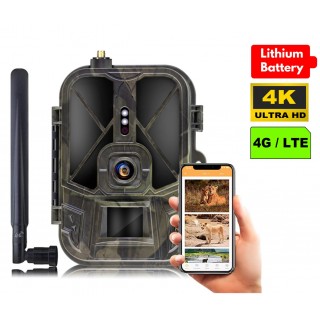
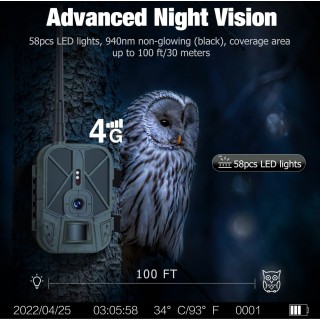
Wildlife / Trail Camera, 4G LTE, 30MPix, 4K, 4G LTE, 36MPix, 4K video, Li-Ion battery
In stock ElectroBase
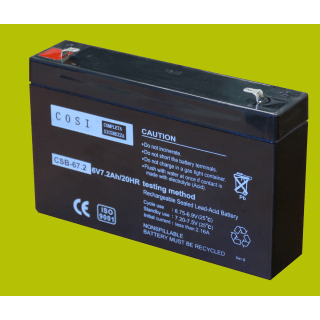
6V 7Ah Battery :: Lead-Acid :: AGM :: Terminal type T1 (4.75mm)
In stock ElectroBase
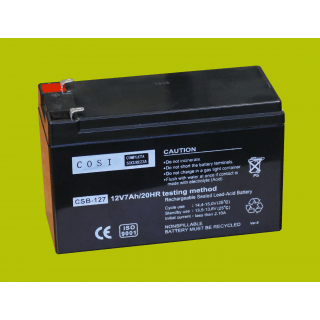

12V 7Ah Battery :: Lead-Acid :: AGM :: Terminal type T1 (4.75mm)
In stock ElectroBase
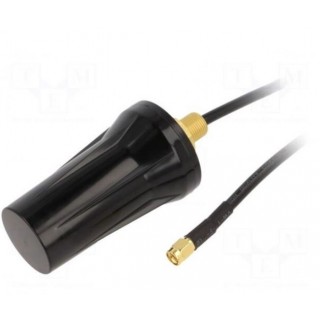
Antenna | GSM | 2dBi | linear | Mounting:screw type | 509 | male,SMA
GSM
2dBi
linear
Mounting:screw type
509
male,SMA
In stock ElectroBase
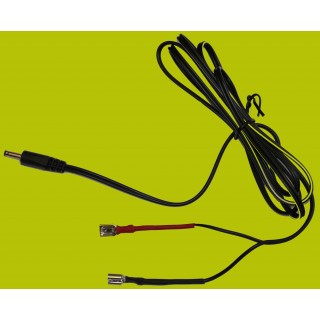

Forest | Trail camera Cable with connectors for connecting 12V or 6V external batteries.
In stock ElectroBase


MICRO SDHC 32GB
In stock ElectroBase
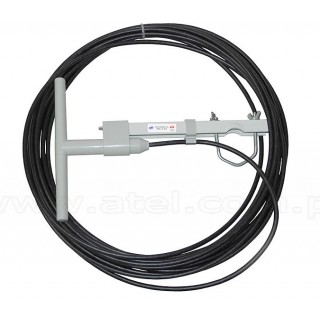
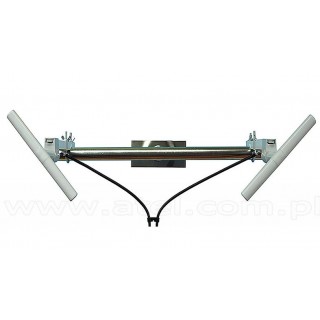
Forest camera or video surveillance camera antenna 3G/4G/LTE with 10m cable | 3dBi
In stock ElectroBase
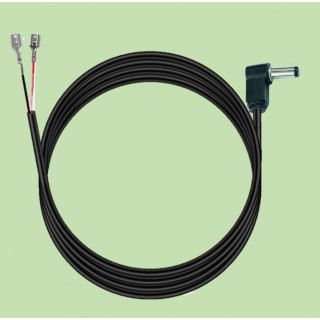
Forest | Trail camera Cable with connectors for connecting 12V or 6V external batteries.
In stock ElectroBase
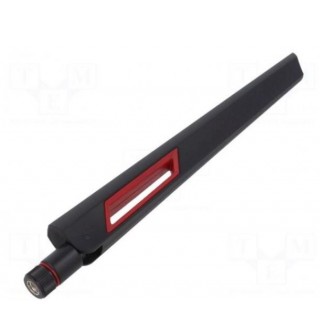
Antenna | WiFi | 5dBi | angular,twist-on,vertical | 50O | male,RP-SMA
WiFi
5dBi
angular,twist-on,vertical
50O
male,RP-SMA
In stock ElectroBase


Wildlife / Trail Camera, Photo 20MP, Video-1080P, 1203xPIR sensors with 120° motion detection angle
In stock ElectroBase

Motherboard for BL480L-P
In stock ElectroBase

LDO Voltage
In stock ElectroBase

4gab. AA akumulatoru komplekts Panasonic 2700 Meža Mednieka kamerām
Ražotāja kods: 2700/BK-3HGAE
Svītrkods EAN: 5410853052807
Cena par iepakojumu: (blister) 4 gab.
In stock ElectroBase

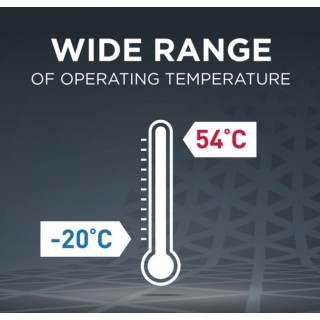
LR6/AA battery 1.5V Duracell Procell INDUSTRIAL series Alkaline PC1500 1 pcs.
Ražotāja kods: PC1500
Svītrkods EAN: 5000394122895
Spriegums V: 1.5
Ietilpība mAh: 3016
Diametrs mm: 14.5
Augstums mm: 50.5
Svars kg: 0.024
Apzīmējumi: LR6 / AA / R6 / 1,500 MN / Mignon / AM3
In stock ElectroBase


LR6/AA battery 1.5V Duracell Procell INDUSTRIAL series Alkaline PC1500 packed 10pcs.
Ražotāja kods: PC1500
Svītrkods EAN: 5000394122895
Spriegums V: 1.5
Ietilpība mAh: 3016
Diametrs mm: 14.5
Augstums mm: 50.5
Svars kg: 0.024
Apzīmējumi: LR6 / AA / R6 / 1,500 MN / Mignon / AM3
In stock ElectroBase
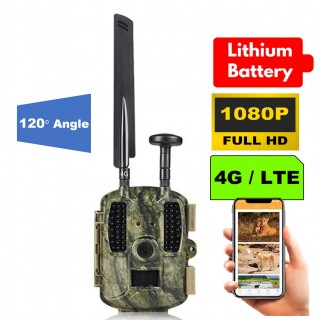

4G LTE Forest / Hunting Camera | GPS antenna lens 120°, Li-Ion battery
In stock ElectroBase
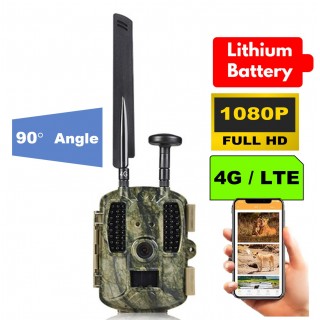

4G LTE Forest / Hunting Camera with APP (AA battery version) | GPS antenna Li-Ion battery
In stock ElectroBase
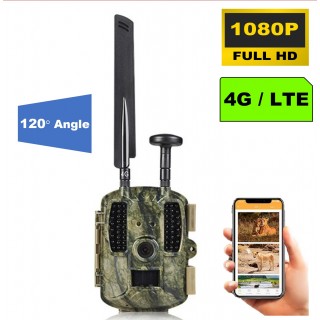

4G LTE Forest / Hunting Camera | GPS antenna lens 120°
In stock ElectroBase

Motherboard for BL480L-P
In stock ElectroBase

Motherboard for BL480L-P
In stock ElectroBase

Motherboard for BL480L-P
In stock ElectroBase
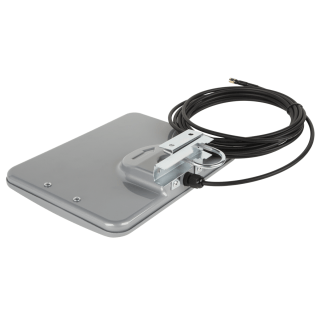
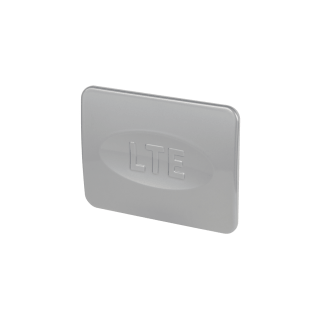
Forest camera 4G/LTE antenna with 5m cable | Gain 12 dBi
In stock ElectroBase


MICRO SDHC 32GB
In stock ElectroBase

Thermal vision monocular PNI BK300
⛟ Delivery 5-8 working days after payment.


Hunting calls PNI CP480 with 2 speakers, 12V power supply
⛟ Delivery 5-8 working days after payment.


Thermal vision monocular PNI BLK250, 25 mm lens and quick-release bracket, batteries included
⛟ Delivery 5-8 working days after payment.


Thermal vision monocular PNI BMK250 25 mm, IP67, 3400 mAh battery, 4X digital zoom, 12X optical zoom
⛟ Delivery 5-8 working days after payment.


Kamera Suntek Bird feeder Camera
⛟ Delivery 3-5 working days after payment.


Denver WCT-8016
⛟ Delivery 1-3 working days after payment.


Suntek Ultra 4G APP +SMTP Trail Camera Photo Camera
⛟ Delivery 3-5 working days after payment.





